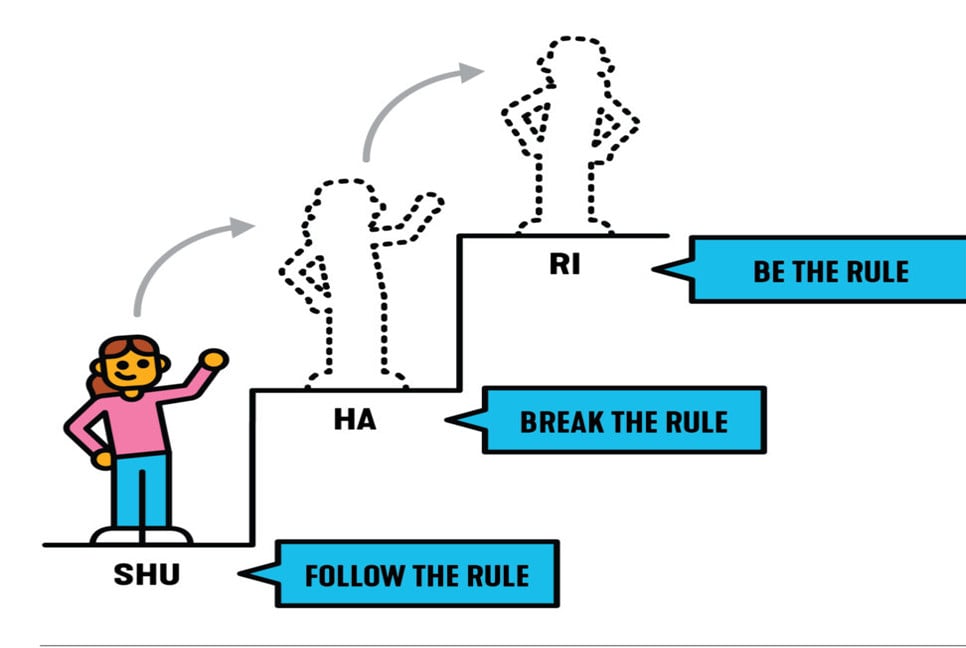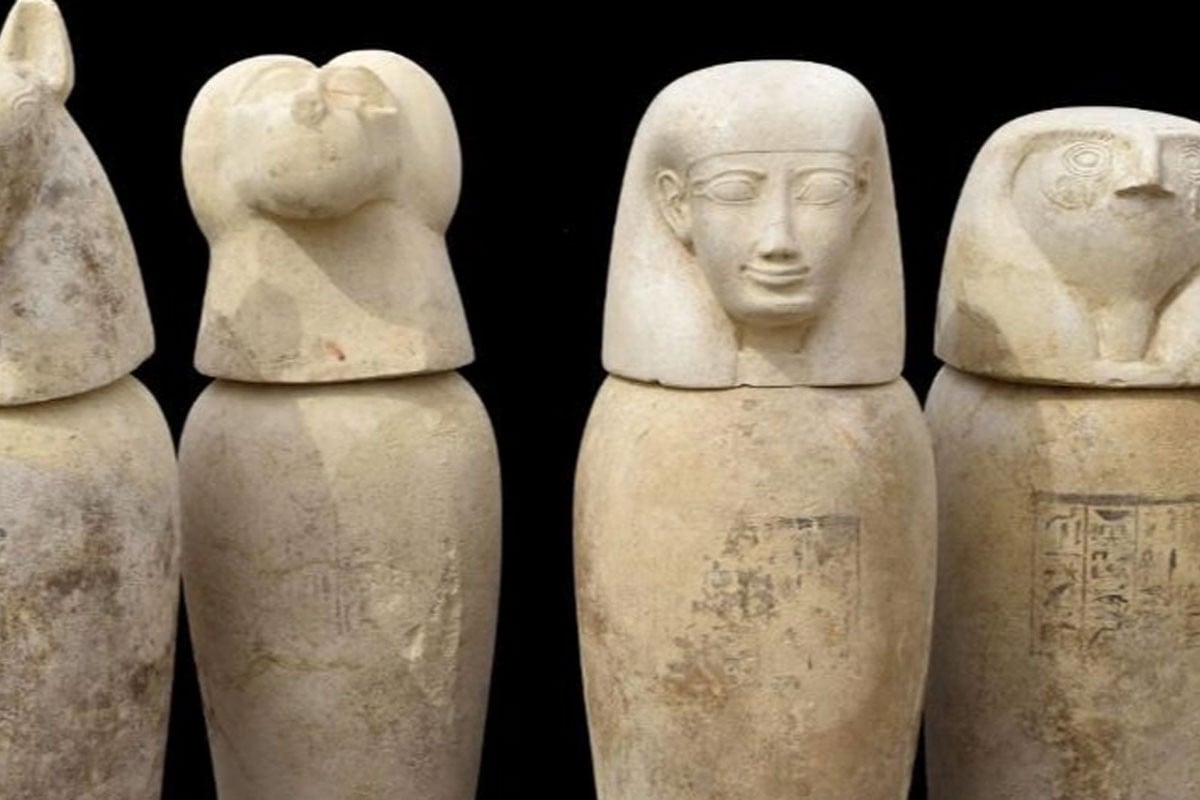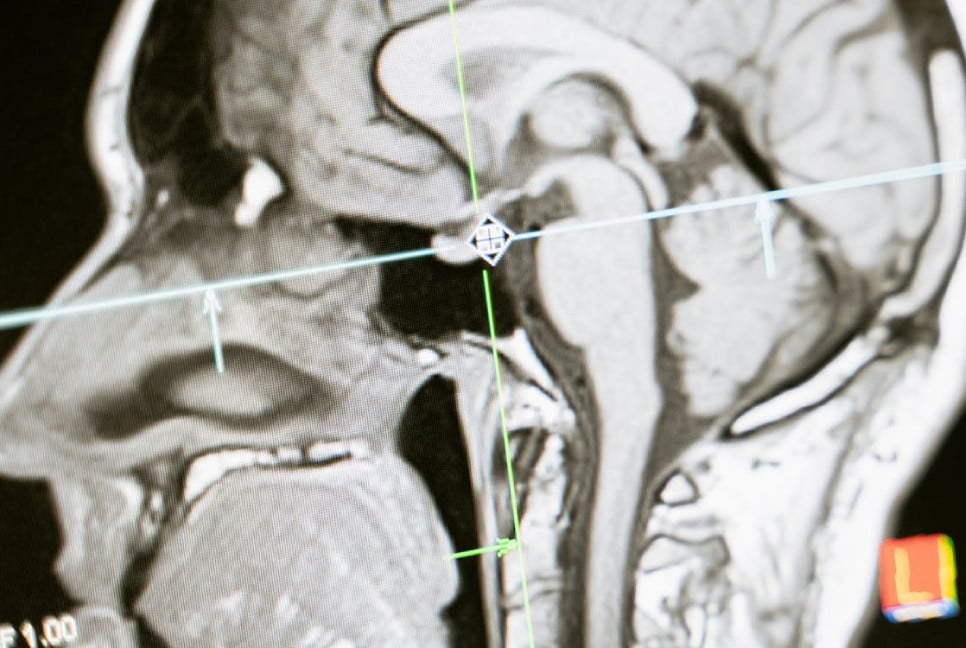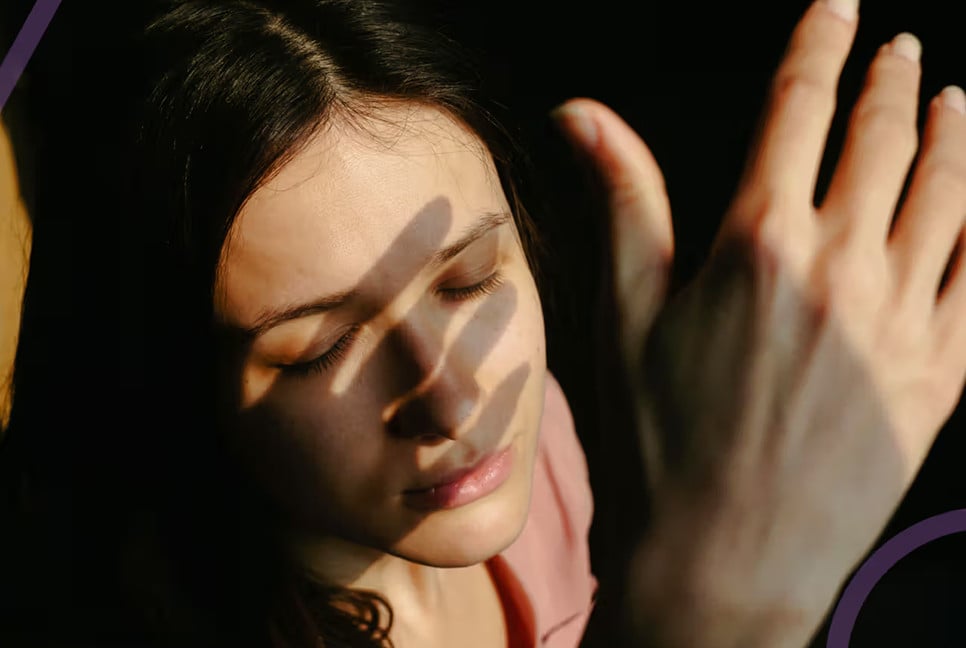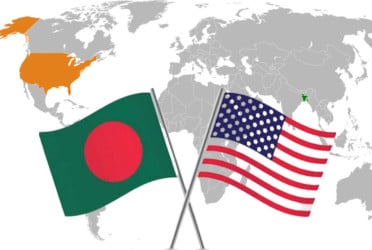What is SHU HA RI?
SHU 守 HA破 RI 離 is a philosophical concept for mastery of skills and techniques. it is embedded in our Japanese DNA, from tea ceremony, flower arrangement, martial arts, craftmanship, art, to business, anything involving learning, including our life, spiritual development.
SHU HA RI describes three phases, Protect (shu), Break(ha) and Detach/ transcend(ri). It is an organic stage that we go through without pursuing, as the life of a butterfly, going through stages as a caterpillar, pupa, and butterfly.
Phase 1: SHU (守)- Keep & Protect the tradition
Any form of traditional cultural practices, tea ceremony, martial arts, we go to learn from Sensei, our master. In this first stage, students are loyal to each other and dedicate to follow the traditional forms and wisdom that Sensei, our master teaches through the basics, the rules, the style which were kept over many generations.
My Sensei for tea ceremony, Omote Senke, had only a few words. It was more of a ritual than a lesson. We connected in silence, I followed what my Sensei, master showed me and repeated it over and over again to create the right traditional form which was preserved for over 400 years, till I can do all by myself.
In this stage, the basic practice seems tedious, but we stay humble and dedicated to doing what we were given to do. During this practice, our mind becomes quiet and we enter the realm of peace. When we master the forms of skills and techniques, we repeat them and the skills and techniques will be polished. Some wish to stay in this phase as it is easier and safe. But the time will come to go to the next phase. Our master, our Sensei observe our development and when the time comes, our Sensei will let you explore the unknown.
This is the phase of a caterpillar. Crawls as much and be happy. If the caterpillar attempt to fly like a butterfly, he will fail and destroy himself. This is the time to be a joyful a caterpillar and enjoy the form. When the right time comes, the caterpillar goes to the next phase of life.
Phase 2 : HA (破)- Break & Transformation
In this phase, we are well able to perform the basics in the form of tradition and what we learned from our Sensei. Our Sensei, masters also approve of it. This is the phase to break the known, basic forms to explore what is possible or make improvements to suit your style.
In my life, I experience SHU HA RI process, for the development of Tea Ceremony and also my life itself. I share my experience, which was certainly a challenge involving struggles.
I have experienced this second stage radically when I left the traditional family home for England to study. For many years in Europe, I was in this second stage to discover, explore the unknown. I was learning and absorbing so much of the European way of life, language, culture and philosophy. But it was also an eye-opening to introspect the Japanese tradition I was brought up from the distance.
This was the time that I discovered the true essence and beauty of the teaching and practices of the Japanese tradition, and disciplines which I practiced in phase 1 "SHU".
How can I live combining this essence of Japanese traditions that I learned from my family and masters and what I absorbed in Europe? How can I transfer its wisdom to the next generations and people here? These were the ongoing questions inside of me.
For example, I wish to teach the essence and wisdom of tea ceremony to people here in Europe in a way that is more friendly, more accessible that we can adapt to the modern lifestyle. To do so, I had to break the traditional mindset that tea ceremony (Omote Senke) should be the exact form. I realised that the important thing was not the form, the essence, the spirit of the tea ceremony. The form can be copied, but it can be without the essence, like an empty gift box and I wished to share this essence, the sacred gift in the box.
For me, to break this sacred form preserved over 400 years was like a big crime, as my master and my family had given me certain responsibility to perform its sacred form of the tea ceremony as a loyal student. But I had a strong desire to be with the essence and share with people. To do so, I had to break the form to adjust. I needed some support from my Sensei.
I went back to my Sensei and my family in Wakayama and consulted, as I needed approval and mental support. The answer was shown in her smile with encouragement and respect.
In this phase, our masters are still by us, supporting students' process of making their style.
I had to make some changes to the form. This phase is like taking apart of what you learned in phase 1, tradition, and adding new elements to them and see what works and what doesn't for our self. In business, you may have heard Japanese "Kaizen", the improvement. This fits in this phase.
This is the stage of transformation from a caterpillar to a butterfly in a cocoon. It can be the most confusing time but if we go with the flow, it will all work out.
Phase 3 : RI (離)- Detach & Transcend
In this phase, after going through phase 2, not only our physical skills and techniques but we are also spiritually developed.
There is clarity. We are connected to our higher self, the eternal source energy. The essence of the teaching and tradition is a solid base so that we can powerfully but gracefully perform our own style which is given by the universe or God. We are confident but humble. We rejoice the essence of the teaching and union with our soul while embracing what we walked through and where we are now.
We are very sure of our style of performance which was cultivated by going through the phases with fierce dedication. But in the beginning, there is still uncertainty that how it will be welcomed in the outer world.
We have now wings to fly, but the first time to fly is still scary. Will the wings work? In business, we may go through Kaizen (improvement) phase, the old product have a total transformation. It can be the innovation of a new unprecedented product.
The challenge we face in this phase is to trust ourselves, trust the ability, trust the beauty that we have acquired to use them fully and share them. Like being a butterfly, trust the wings, embrace the beauty, and be brave and fly.
But from time to time, we have to stop and introspect. Even when we are at phase 3 “transcend”, we go back to practice our basic disciplines. And we may go to another cycle of Shu Ha Ri.
We will also start taking students and we will be the master.
Although we are physically apart from our master, the master is always with us, like a guardian angel, and open to support when needed. We are connected to the spiritual realm. The master-student relationship will continue eternally. Masters have their masters forever.
MASTERY IS ETERNAL, WITH TRUST, LOYALTY & LOVE
Like Enso, the Zen circle, we come back to a point zero, starting point. And another circle will start.
There is no limit in Mastery. It is eternal development.
In my view, I believe trust, loyalty and love are the essence of Mastery. They are born and built in the sacred relationship with our Masters. And Trust, loyalty, Love are transmuted to our inner strength that enables to dedicate and overcome any hurdles to create, perform the Mastery, the beautiful butterfly.
(Written by Azumi Uchitan published on her personal website)
Bd-pratidin English/Lutful Hoque

